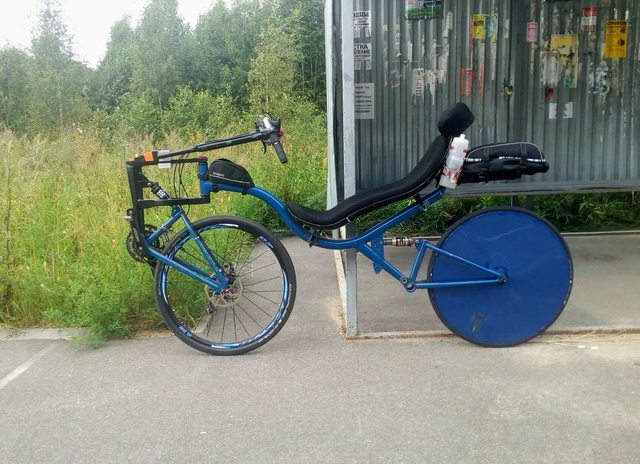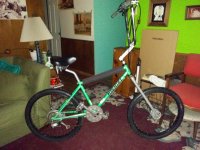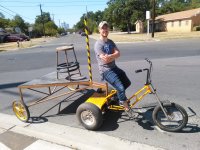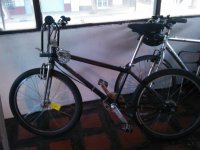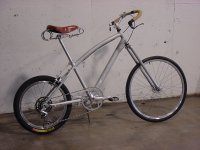ebike4healthandfitness said:
Changing tire diameter affects trail (small diameter tires reduce trail and large diameter tires increase trail) so that different fork offsets and/or head tube angles have to be used in order keep trail within the narrow range for the intended application.
If you'd actually made things and tried them rather than imagining them, you'd know that the conventional wisdom about trail is only the broadest kind of generalization. Changing wheel diameter without changing other factors does affect trail, but the effect of trail also changes for different wheel diameters and even tire widths and pressures.
Nobody talks about the effects of frame drop as a function of head angle and fork offset, but this effect is quite pronounced, and it changes with wheel diameter even when trail is held constant. I had to learn about this factor by making bikes and discovering it empirically.
Excessive trail isn't stabilizing, but the opposite. Very short trail isn't necessarily destabilizing and doesn't necessarily result in nimble steering.
If you were a capable bike builder, I might suggest doing the experiment I suggested, but with a range of fork offsets to maintain equal trail. I kind of doubt you'd find the difference between that and keeping the same fork to be very noticeable or compelling. But I didn't suggest that because it's clear that you don't actually make stuff and see how it works.


